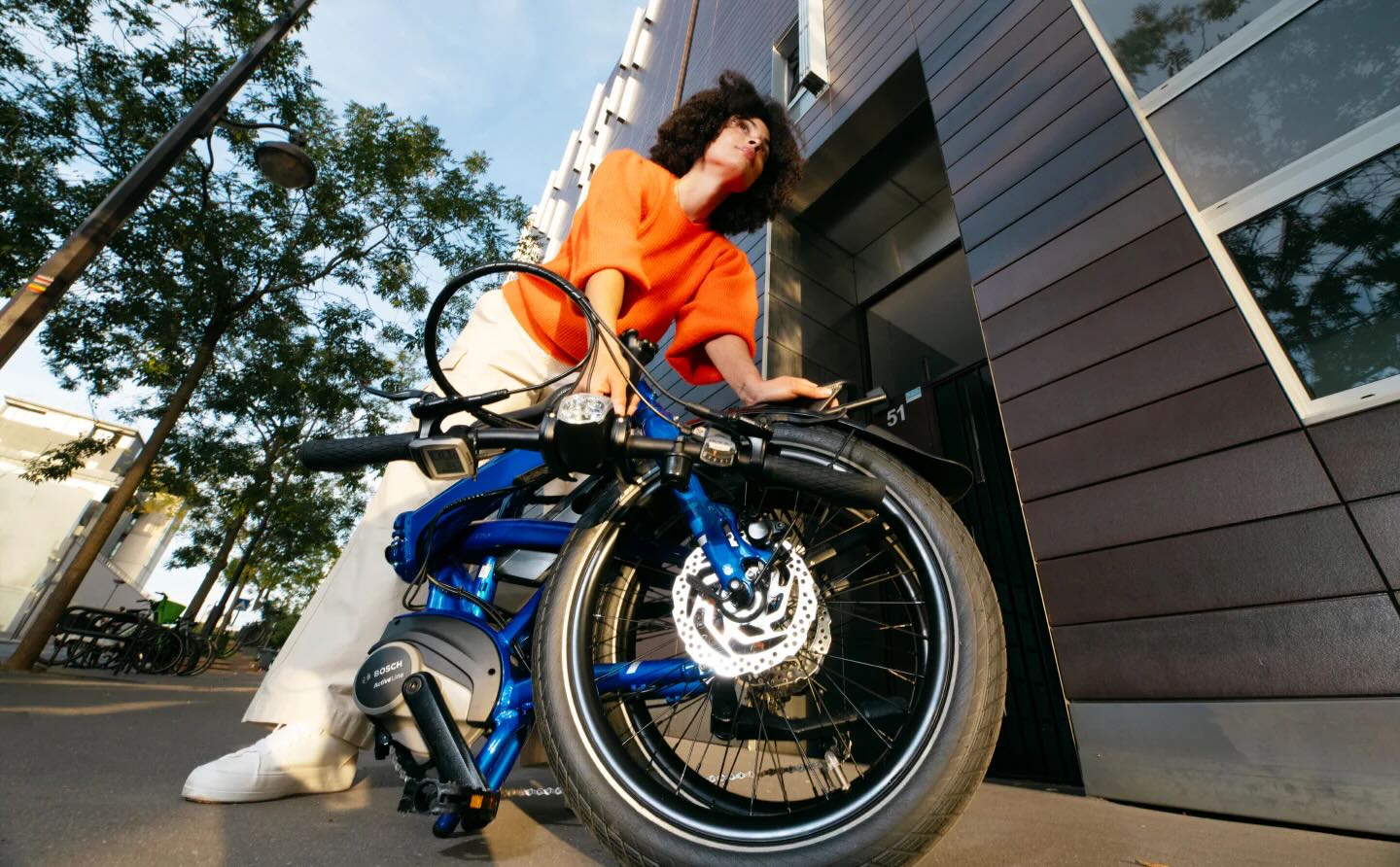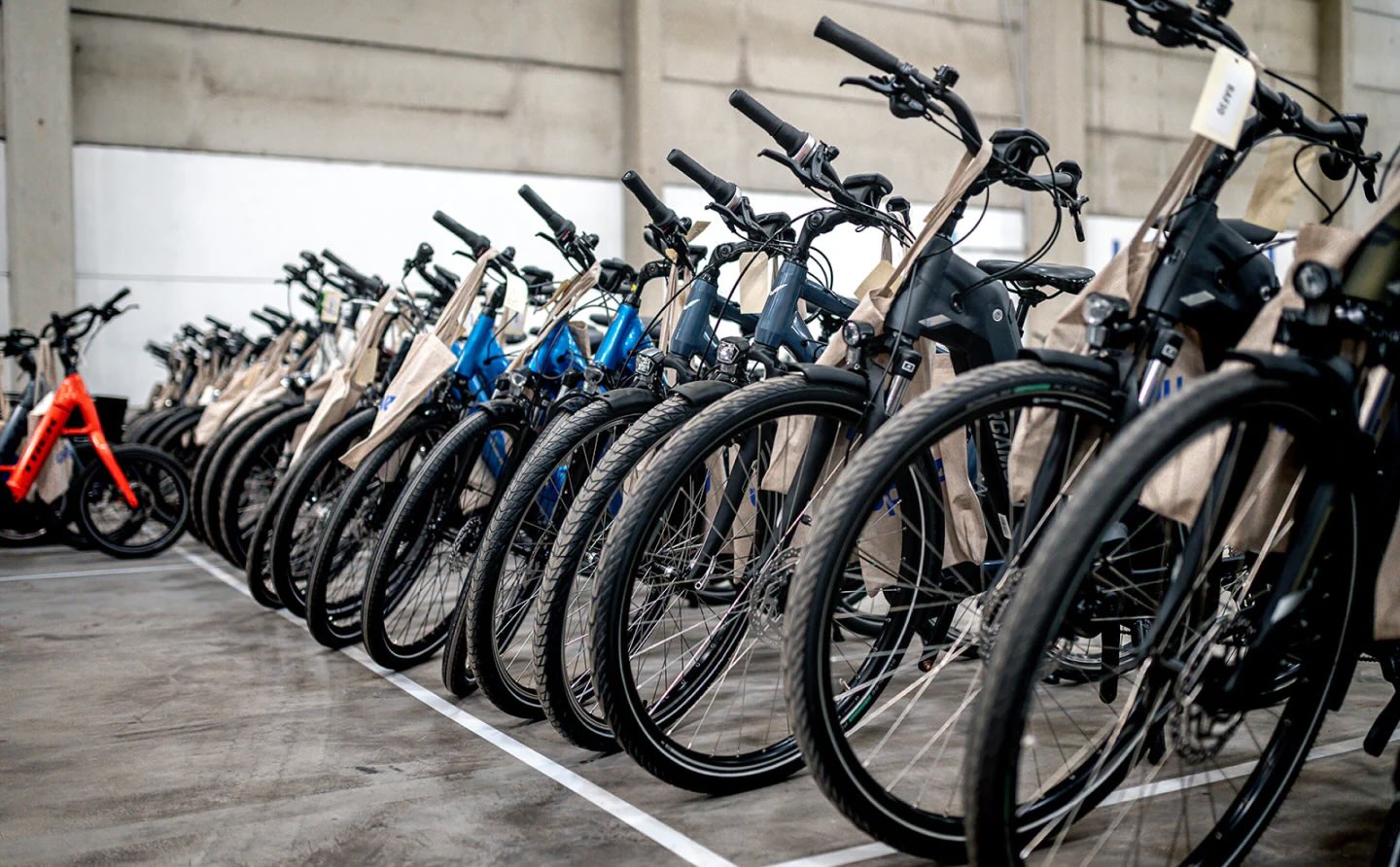At some point, many homeowners have to deal with the frustrating task of fixing the mistakes of their houses' previous owners. And for one such homeowner, that meant navigating some seemingly indestructible rubber mulch.
The homeowner took to the subreddit r/gardening to ask for advice on dealing with this landscaping nightmare.
"Two of the (large!!!) flower beds are landscaped with rubber mulch. I hate it," they wrote. "But I'm also dreading removing it … Now I'm excited about the idea of planting native flowers for pollinators in that area, but need to remove the mulch first. How do I get all the pieces? … Can I remove the mulch without harming the daffodils?"
Commenters were empathetic.
"I've got an allotment which is scattered with the stuff! Furious about it," one wrote.
Rubber mulch is controversial for many reasons. It's generally made from recycled car tires, which are often painted. But while recycling tires is a worthy pursuit, putting those rubber chunks where they provide daily exposure to plants, animals, and children is dangerous.
Watch now: Grocery store executive reveals simple ways the chain slashes its operating costs
One commenter pointed out that rubber mulch "leaches heavy metals and contaminants into the soil" as it breaks down — or doesn't break down — over time.
It's true; La Voz magazine wrote that the Environmental Protection Agency found there are more than 290 types of chemicals in recycled tires, and over half of those have been identified as carcinogenic, per the Yale School of Public Health. Over time, the rubber mulch releases those toxins into the air, the soil, and the surrounding water.
"I feel ya... the house I'm in has it everywhere," one commenter said. "I'm not a fan of it either, I removed it from the backyard to have a vegetable garden … [because] I don't like the idea of eating anything from there."
And if this homeowner needed any more incentive to clean up and safely dispose of their rubber mulch, it's also highly flammable.
TCD Picks » Upway Spotlight

Instead, homeowners are safer using a natural mulch, such as homemade compost, wood chips, or straw for their garden beds. This is particularly important if you're planning on growing food, but it's a cost-effective way to create any sort of natural lawn.
Like this homeowner, native plant gardeners are growing in numbers, because of the ease and affordability of rewilding their yards. And not only are native plants or partial lawn replacements like clover safe and non-carcinogenic — they actually make the air around them cleaner, support vital pollinators, and require less maintenance. Now that's a win all around.
"I would probably wait until the daffodils start dying back in the fall and just dig everything up," another commenter advised the original poster. "Get all of the rubber out even if you have to take some dirt with it. Replace with good dirt and with replant the bulbs then or next spring."
Join our free newsletter for easy tips to save more, waste less, and help yourself while helping the planet.














